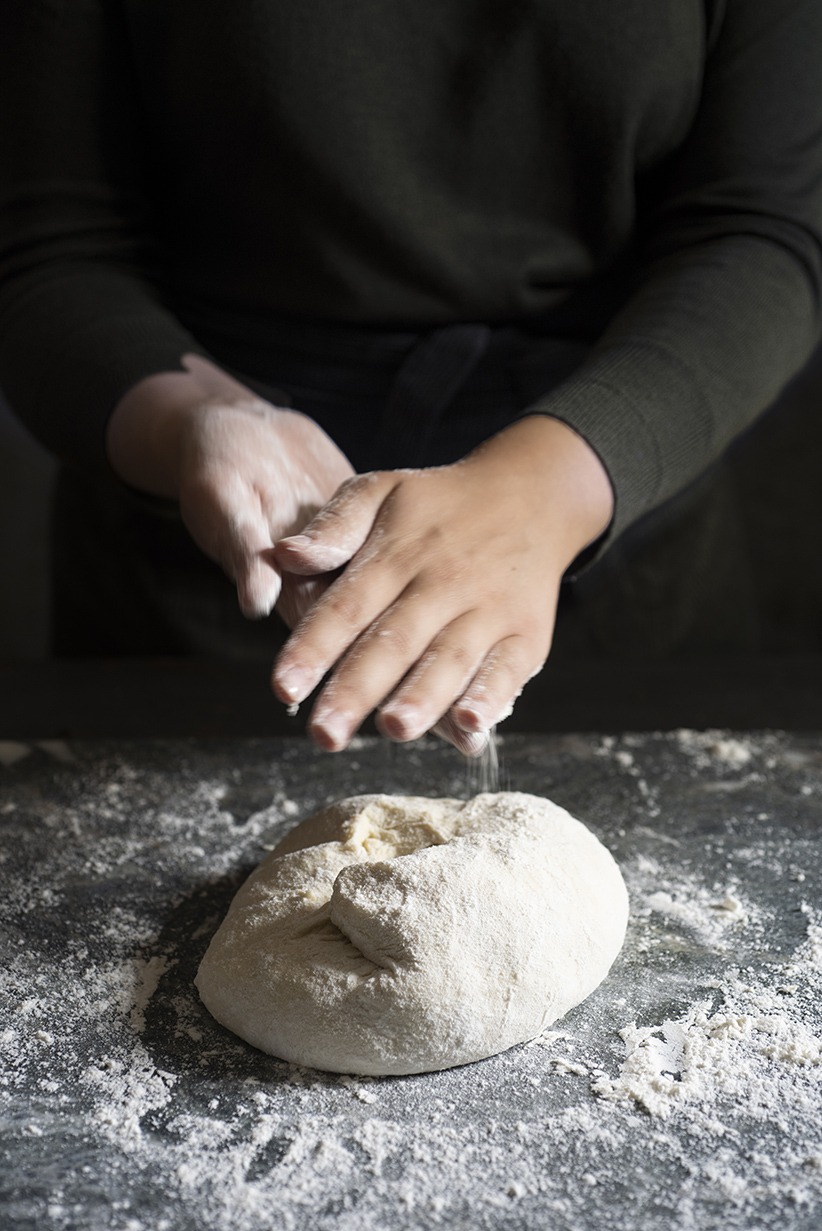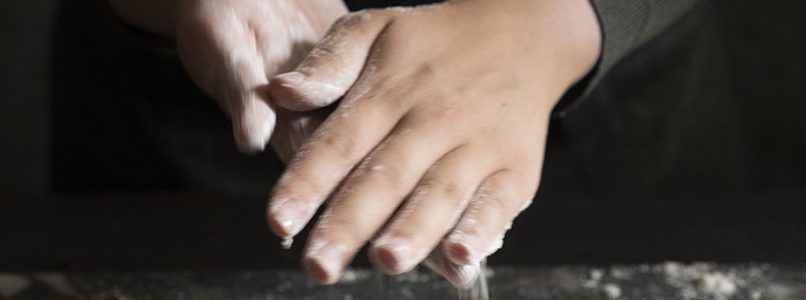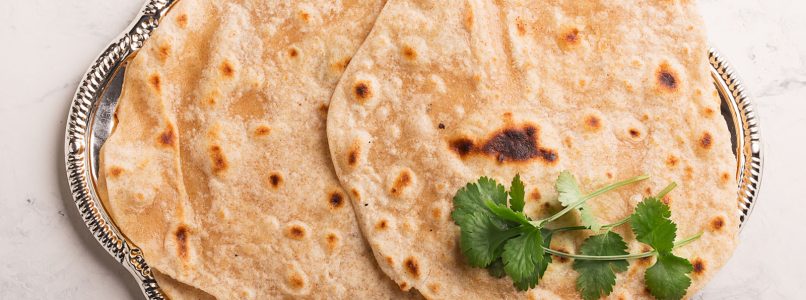These days many of us are rediscovering the pleasure of knead the unleavened bread. By need, by challenge, to fight boredom, by ambition. All the reasons are valid and the good news is that kneading is also an excellent anti-stress. Which of course works even if it is yeast-free dough, the great absent from supermarket shelves.
And among the many recipes for unleavened bread, today we offer the chapati, the unleavened bread, of round and flattened shape, typical of the Indian area of Punjab and Pakistan.
Chapati, an unleavened bread that comes from India
Pasta, based on very fine whole wheat flour and water, it is spread in very thin disks, of variable dimensions; these are cooked without fat in a slightly sunken metal plate (thava), red-hot. Very fragrant freshly made, it accompanies dry dishes and vegetable and meat curries. If placed in contact with the embers, the chapati swells and turns into the phulka. The same pasta, flattened with ghee (clarified butter), folded several times and then fried, becomes a kind of puff pastry.
The recipe for Indian chapati bread
Indian yeast-free bread: the ingredients
500 g whole wheat flour, 400 g water, a teaspoon of salt
How to make chapati unleavened bread
In a bowl, sift the wheat flour and start kneading it with the water, working a very soft dough. To hydrate the dough and make the water absorb well, the Indians knead the bread with clenched fists: let's do like them!
Proceed by kneading, spreading and kneading again with your fists closed until it has absorbed the water well. At this point, add the salt and knead again well to mix it with the dough and obtain a homogeneous result. When the dough of the yeast-free bread is smooth and firm, form a ball and let it rest for about twenty minutes, covered with a cotton cloth. Once this time has passed, divide the dough into small balls like a mandarin and spread them with the help of a floured rolling pin. Give them the classic round shape, proceeding as you usually do with wraps.
Baking chapati unleavened bread
Tradition has it that this Indian bread is baked in hot iron pans, but if we don't have one we can safely use one hot non-stick pan. At this point cook quickly on both sides by turning the chapati as soon as the characteristic bubbles take on color and form. In India it is used to pass it on the flame to increase the bubbles, but we do not recommend this operation to those who are at their first chapati. Set aside and eat when it's still warm, isn't it delicious?




